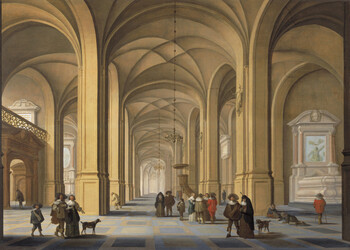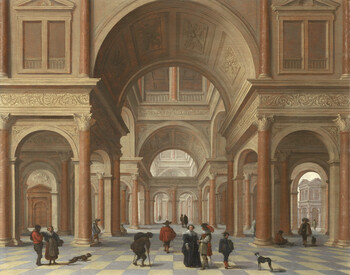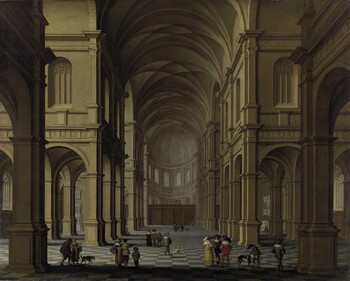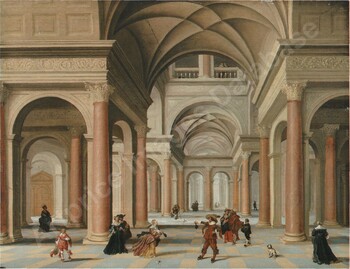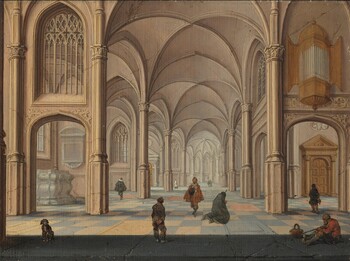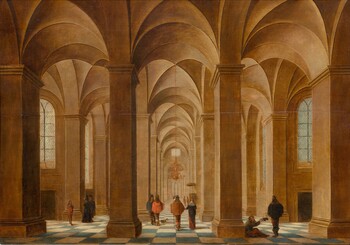Jan van der Vucht
Interior of a church
Oil on canvas : 131,2 X 163,3 cm
Signed and dated “1635” lower left
Unsold at Christie’s London, 6/07/18
Estimate : 30.000 – 50.0000 £ (+ buyer’s premium) = 34.000 – 56.000 € (+ BP)
This is a comparative item
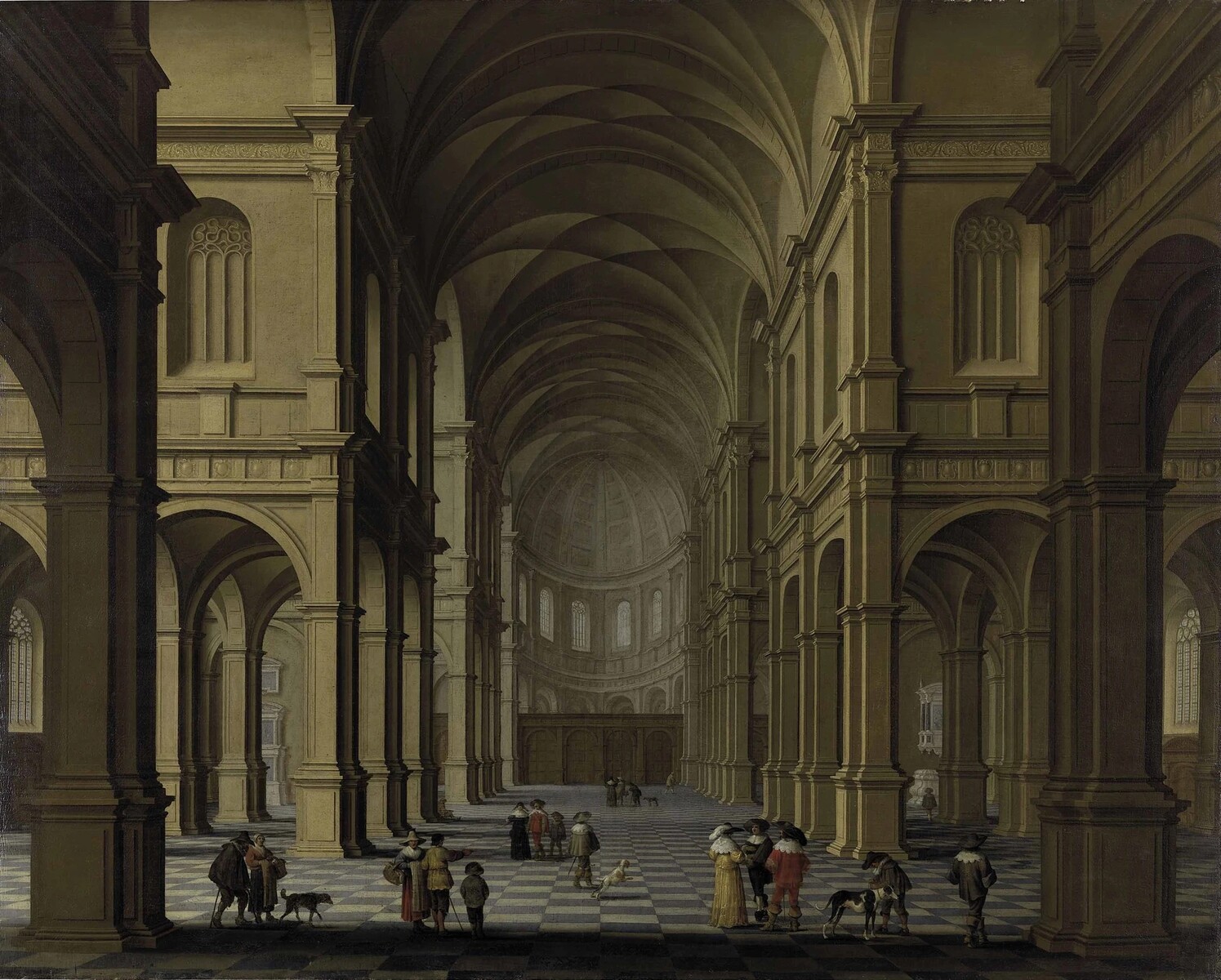
Painting for Sale
Vucht, Jan van der
"A Classicist church interior"
Comparative paintings
Click photos for more details

